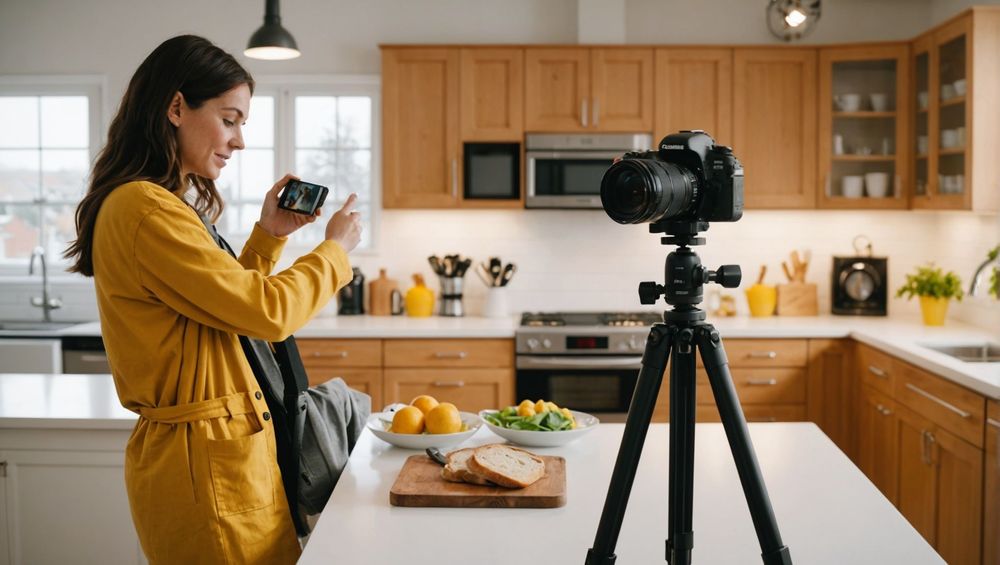How-to videos can be highly effective tools for educating your audience and driving engagement. The key to creating how-to videos that really work lies in understanding a few fundamental principles and strategies that ensure viewer satisfaction and retention. In this article, we will explore the essential components of successful how-to videos and why they make such a significant impact.
Understanding Your Audience

The first step in crafting effective how-to videos is to thoroughly understand your target audience. Knowing who you are speaking to helps you tailor your content to their specific needs and preferences. This involves researching demographics, common pain points, and preferred learning styles. By doing so, you can create content that resonates and provides real value to your viewers.
Additionally, consider the skill level of your audience. Are they beginners, intermediate users, or experts? This will greatly influence the complexity of the instructions and the pace of your video. Ensuring that your content is accessible and understandable for your target audience will keep them engaged and coming back for more.
Planning and Storyboarding

Proper planning and storyboarding are critical to the success of your how-to video. Start by outlining the key points you want to cover and the steps needed to achieve the desired outcome. A detailed plan helps ensure that your video is clear, concise, and logically organized.
When storyboarding, visualize the flow of your video. Decide on the shots you’ll need, the order of the instructions, and any additional elements like text overlays or graphics. Storyboarding ensures that you don’t miss any crucial information and helps maintain a professional and polished look.
Scripting and Clarity

A well-written script is the backbone of any successful how-to video. Ensure that your script is clear, concise, and free of jargon that might confuse your audience. Use simple language and break down complex concepts into manageable bits. Speak in a natural, conversational tone to make your video more relatable and engaging.
Here are some tips for scripting your video:
- Start with an engaging introduction that states what the video is about and why it matters.
- Break the process into clear, step-by-step instructions.
- Use transitions to guide viewers smoothly from one step to the next.
- Summarize the key points at the end and prompt viewers to take action, such as trying the steps themselves or watching related videos.
Filming and Production Quality
The production quality of your how-to video can significantly affect viewer engagement. Even if the content is top-notch, poor audio or video quality can distract and frustrate your audience. Invest in good recording equipment, ensure proper lighting, and minimize background noise.
Additionally, maintain a steady camera and consider using multiple angles to keep the visual aspect of your video interesting. High-quality production shows that you value your audience’s experience and helps establish your credibility.
Editing and Final Touches
Editing is where your how-to video really comes together. Trim any unnecessary footage, add text overlays for emphasis, and include background music if appropriate. Use annotations to highlight important points or to provide additional information.
Make sure to preview the video multiple times and ask for feedback before finalizing it. This can help you catch any mistakes and ensure the content flows well. Polishing your video in the editing stage ensures a professional and effective final product.
Conclusion
Creating how-to videos that really work involves a combination of understanding your audience, thorough planning, clear scripting, high production quality, and meticulous editing. By following these strategies, you can produce engaging and informative how-to videos that resonate with your audience and drive results. The effort you invest in producing quality content will pay off in increased viewer satisfaction and loyalty.
FAQ
1. How long should a how-to video be?
The ideal length of a how-to video depends on the complexity of the task. Generally, aim for 5-10 minutes to keep viewer engagement high, but more complex topics may require longer videos. Always prioritize clarity and simplicity over length.
2. What equipment do I need to make how-to videos?
Basic equipment includes a good quality camera, microphone, and proper lighting. You may also need video editing software and possibly tripod stands or mounts for stable shots. Investing in these tools can significantly enhance the production quality of your videos.
3. How can I make my videos more engaging?
Engagement can be boosted by using clear and simple language, breaking down steps, maintaining an enthusiastic tone, and incorporating visuals like text overlays and graphics. Also, interacting with your audience through questions and comments can keep them invested in your content.
4. Should I include background music in my how-to videos?
Background music can enhance your video’s atmosphere but should be used sparingly. Ensure that it does not overpower the narration or distract from the content. Choose music that complements the tone of your video and keep its volume low.
5. How do I promote my how-to videos?
Promote your how-to videos by sharing them on social media, embedding them in blog posts, and optimizing them for search engines using relevant keywords. Engaging with viewer comments and using compelling thumbnails and titles can also increase visibility and attract more viewers.